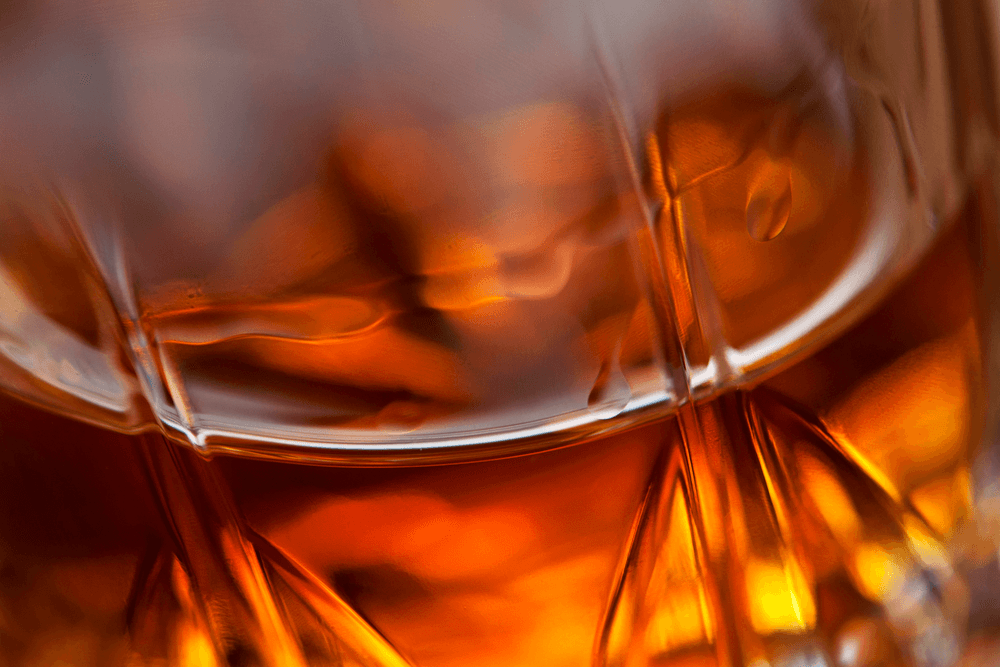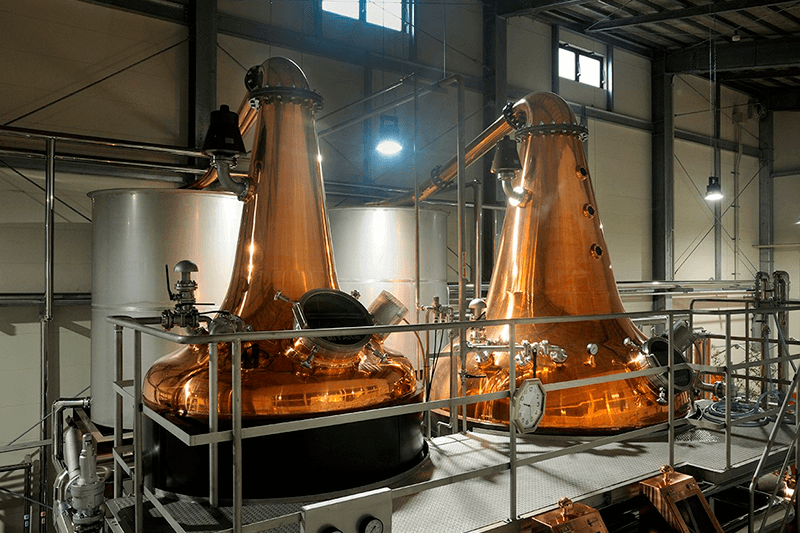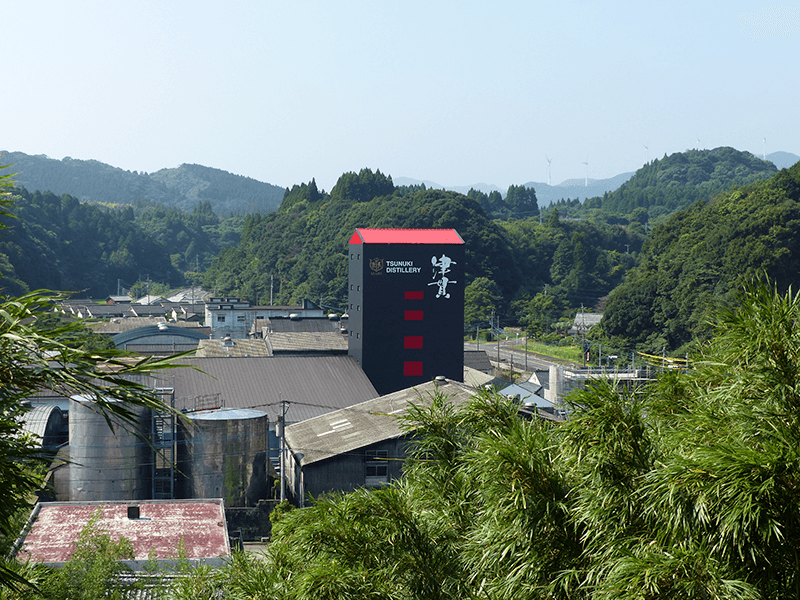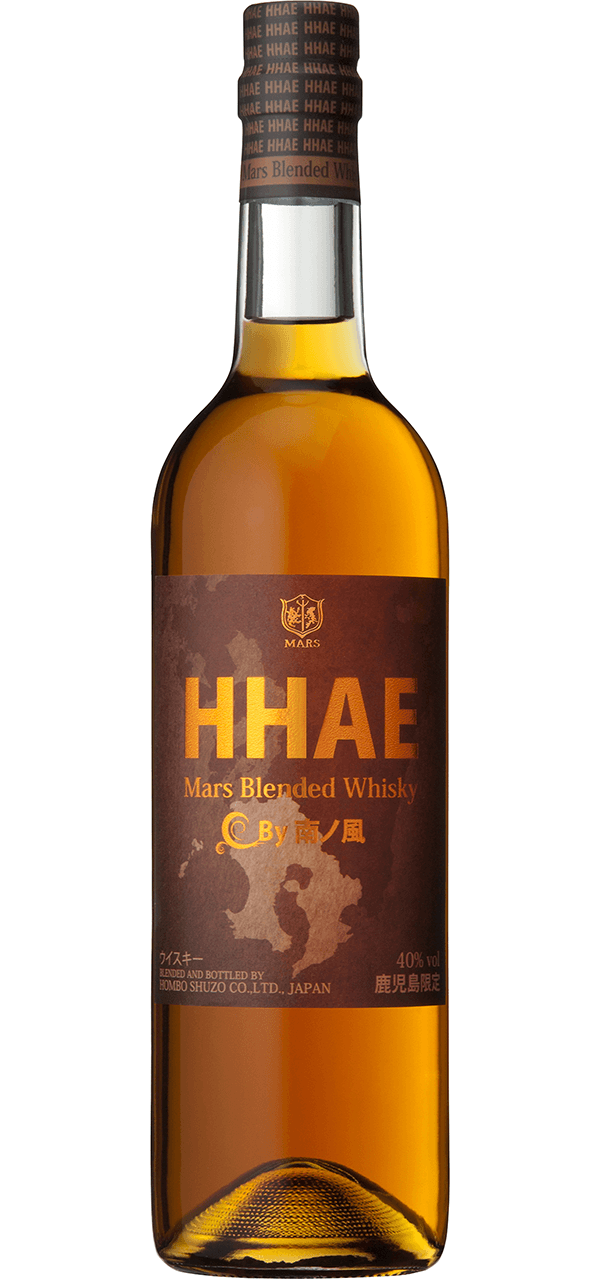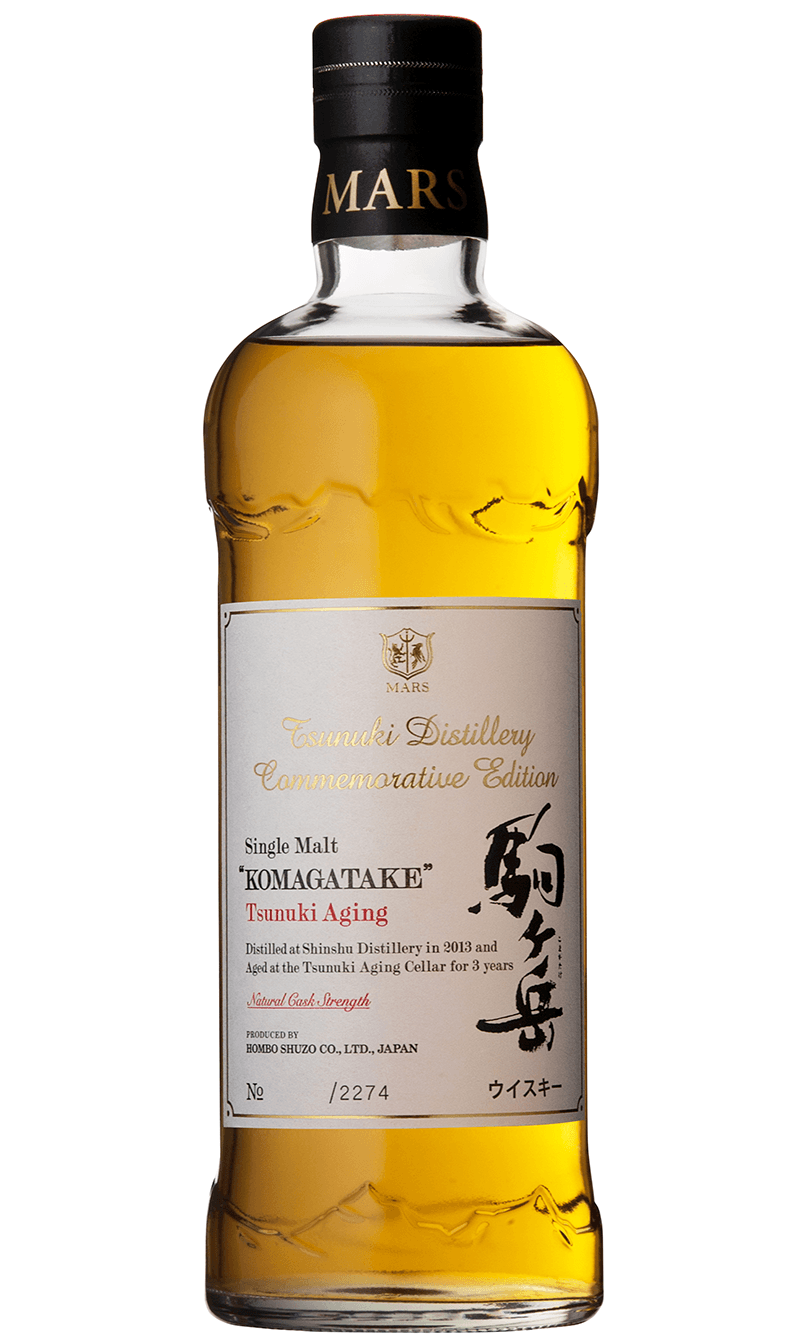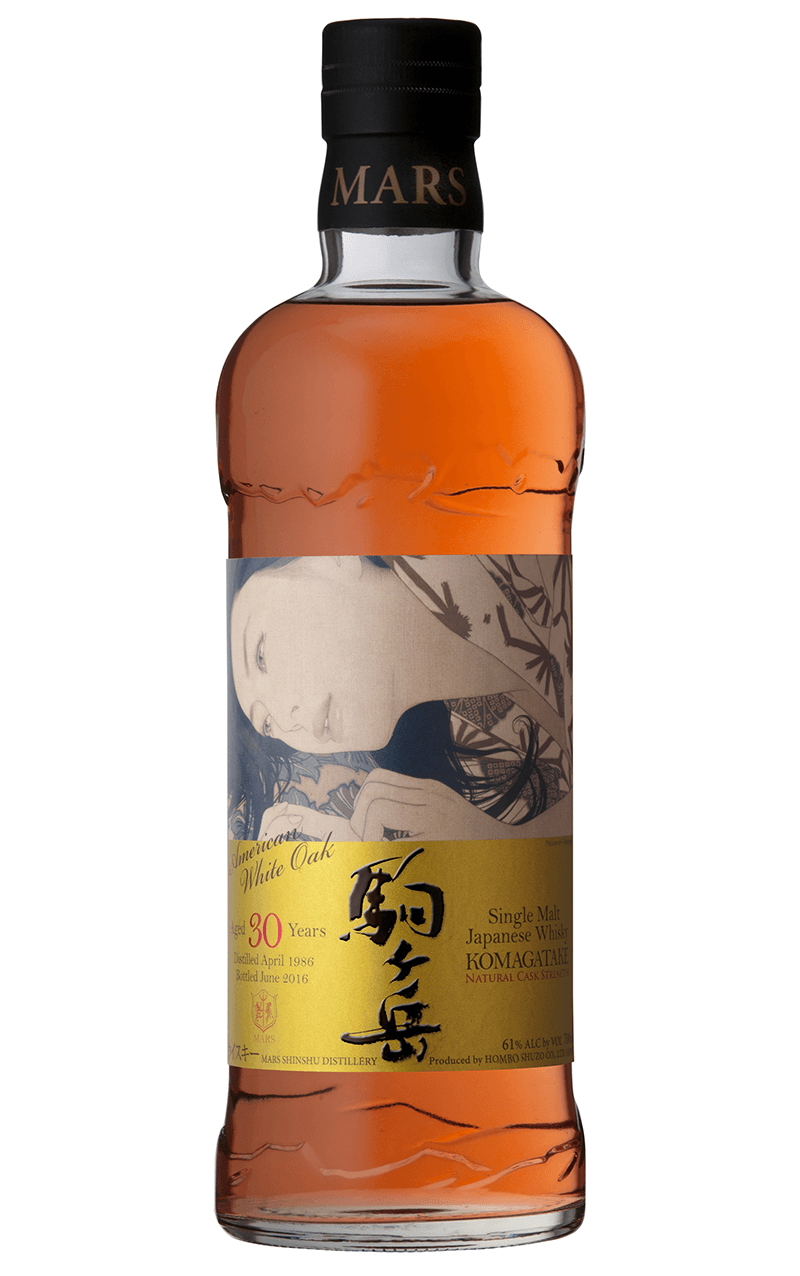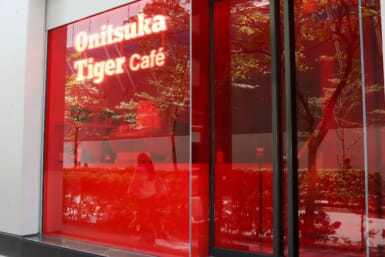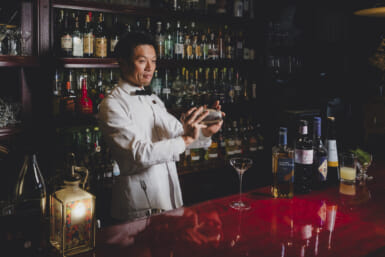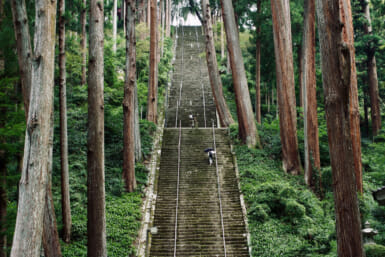A renowned Japanese whisky maker goes back to its roots as it prepares to serve up medal-worthy distillations come 2020.
When it comes to whisky, time is always on your side. The longer the liquor remains in its casks, the more time it has to age, mellow, and develop a fuller flavor. The same could be said for the stories that lie behind the distilleries themselves.
And though the lineage of Japanese whisky makers might not go as far back as their Gaelic forebears, their histories, albeit shorter, are equally fascinating. They are testaments to the learning that takes place between cultures, Japan’s interest in Western institutions, and the ingenuity of Japanese innovators who adapted foreign practices and transformed them into something unique. They are filled with stories of mentors, friends, and in some cases, deep and abiding love.
Without doubt, two of the most famous figures in Japanese whisky are Masataka and Rita Taketsuru. Taketsuru met Rita Cowan in Scotland while he was studying Japanese whisky making, and he would go on to found Nikka Whisky in 1934. But the tale of the “Father of Japanese whisky” might have never begun were it not for Kiichiro Iwai. Iwai was Taketsuru’s boss at the company that sent him to Scotland, and it was Iwai who mentored his protégé and encouraged the overseas research trip.
Years later, and following the launch of Nikka Whisky, Iwai was working with Hombo Shuzo, a Kagoshima-based distillery that had its roots in shochu (traditional Japanese spirits). The company was granted a whisky production license in 1949, and started production at a Yamanashi Prefecture facility in 1960, with Iwai helming the operations. Years back, Taketsuru had shared his Scotland whisky report with Iwai, who used the findings to build whisky pot stills that are still being used to this day.
In 1985 Mars Whisky moved its distilling facilities to Shinshu in Nagano Prefecture, but in the years before and those that followed, Mars had to grapple with the rising and falling demand in the Japanese market for domestic whisky. The company stopped distilling for nearly 20 years before beginning again in 2011, coinciding with a boom in global interest and demand for Japanese whisky.
The most important recent event in Mars Whisky history has been the opening of the Tsunuki Distillery. Production began in November of last year (Mars had already been using the facility to age Shinshu-distilled whisky for some time), and they’re on schedule to finish aging the whiskies they’re now producing, just in time for the 2020 Tokyo Olympics. And while the high temperatures and humidity may have been an initial impediment to producing whisky in Kagoshima, the new facilities are built to counteract the worst effects of the Kyushu climate, and even harness the unorthodox conditions – including those at another warehouse for aging in Yakushima – to develop one-of-a-kind flavors. And of course, those pot stills you’ll see as you tour the distillery are based on those first created by that “Silent Pioneer” of Japanese whisky, Kiichiro Iwai.
Of course, a tour of the Tsunuki Distillery wouldn’t be complete without sampling Mars and Hombo’s fine whisky, brandy, umeshu (plum liqueur), shochu made from Kagoshima sweet potatoes, and more at the Hojo café bar, located next to this new facility.
And one thing a taste (or three) will tell you about Mars’s products: they’re hardly run of the mill. Suntory and Nikka may be the two giants of Japanese whisky, but Mars occupies a particularly interesting position in third place. For some time, Mars has been less interested in simply imitating the style of Scottish whisky and more concerned with offering a variety of intriguing flavor profiles that have inspired ardent fans both here and abroad. Among the many limited-release whiskies available for purchase at the distillery are HHAE Mars Blended Whisky; the 30-Year Single Malt Komagatake, which was bottled in 1986; and the Komagatake Single Malt Tsunuki Aging, which was first produced in Shinshu and then aged for three years in bourbon barrels in Tsunuki’s aging cellars.
In three and a half years, the world’s eyes will be on Tokyo as athletes from around the globe strive for personal bests, but we have a feeling that international whisky connoisseurs just might be booking tickets farther south, to taste the distillation of a story that reflects a thirst for greatness and a spirit of curiosity. More information at www.hombo.co.jp
Sponsored Post

